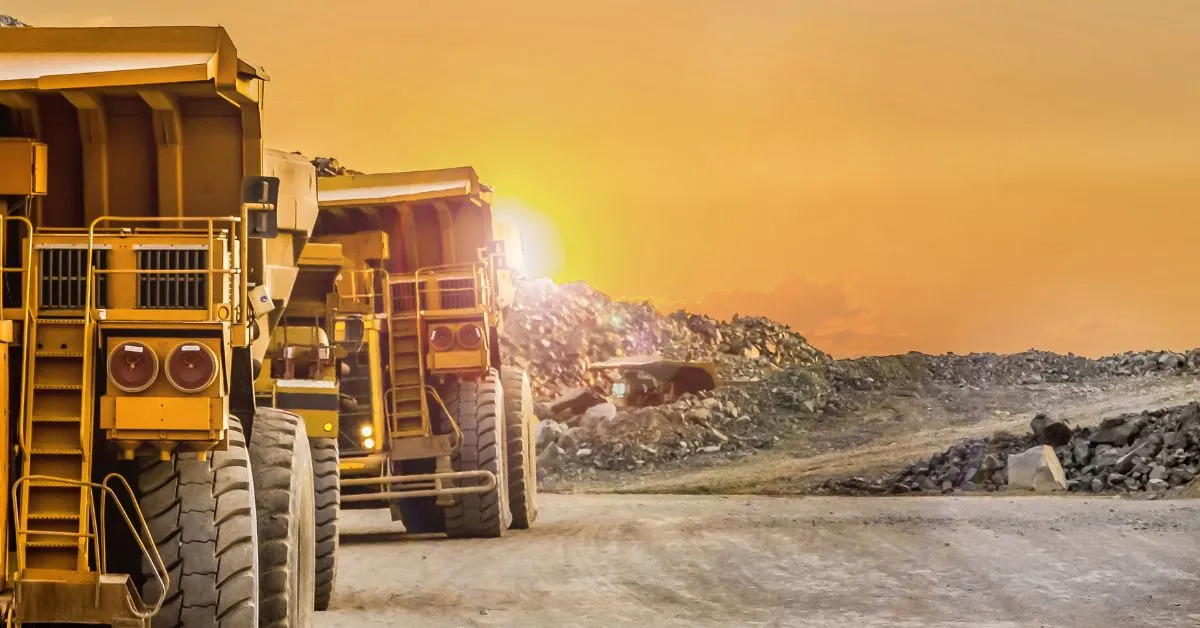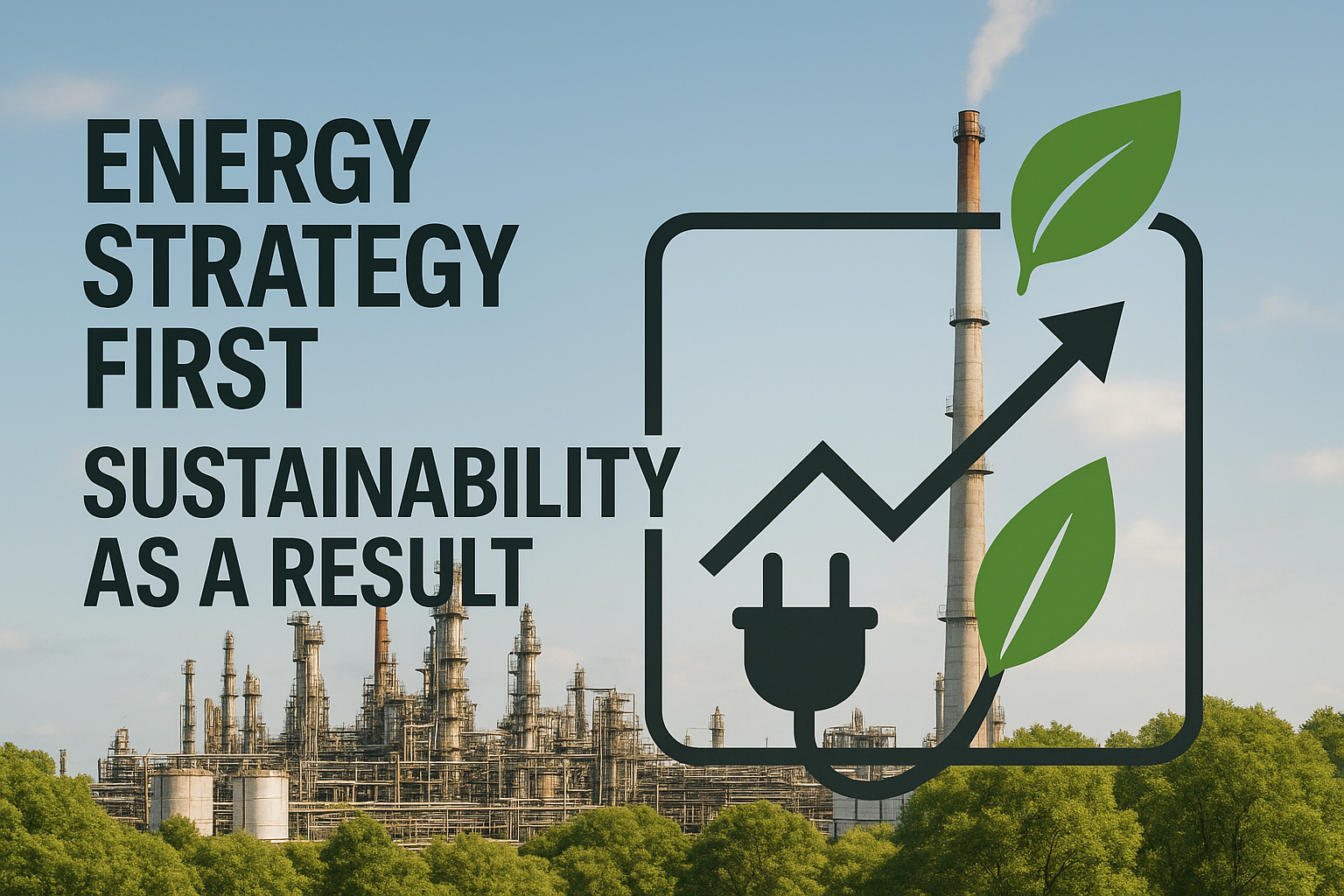Mineral recovery plants typically leave 15% of the materials in tailings. Despite advances in technology and processing methods, many facilities still rely on reactive adjustments made hours after sample results arrive, widening the gap between current performance and what the ore body could actually deliver.
Energy prices, reagent bills, and skilled-labor shortages continue to climb. Unplanned circuit changes magnify chemical usage, and each shift change risks drifting from previous setpoints. With ore bodies growing more complex and regulatory pressure intensifying, the status quo strains both profitability and sustainability targets.
Industrial AI offers a new path forward. The following five methods demonstrate how you can leverage AI technology to stabilize throughput, reduce costs, and maintain your critical-mineral recovery plant at peak efficiency.
1. Predict Optimal Process Conditions Before They’re Needed
Predictive AI learns from your plant data and live sensor feeds to spot subtle ore-quality shifts minutes—or even hours—before they upset recovery. By training models on thousands of operating scenarios, AI systems calculate the next setpoint for mill speed, reagent dosage, or air flow and feed it directly to the distributed control system before drift takes hold.
This forward-looking approach replaces the old “wait and correct” routine with real-time foresight. The impact proves tangible: smoother throughput, fewer emergency tweaks, and significant improvements in resource extraction efficiency. Plants adopting predictive control can expect meaningful cuts in grinding energy use and measurable profitability improvements.
Enablers such as systems that function like advisors let you test “what-if” scenarios safely, then push the best strategy to the field with confidence, keeping recovery high and costs firmly in check.
2. Optimize Multiple Process Variables Simultaneously
Traditional mineral circuits are tuned one knob at a time: pH in the lab, air flow at the cell, and reagent dosage when results slip. Multivariable optimization transforms that piecemeal routine into a coordinated strategy. By training AI models on plant data and live sensor streams, you can adjust pH, temperature, air flow, and reagent dosing together, continuously as ore chemistry shifts.
Because the model learns how changes in one lever ripple through flotation, leaching, and purification, it searches thousands of possible setpoint combinations every few seconds, selecting the mix that maximizes profit for current market conditions. This approach builds on the predictive foundation established earlier, taking those forward-looking insights and applying them across multiple variables simultaneously rather than in isolation.
The payoff depends on data discipline—synchronized sensors, reliable sample results, and clear validation cycles—but you don’t need perfect data to start. Rolling out optimization circuit by circuit lets operators build trust while the model keeps learning, ultimately giving you plant-wide visibility instead of silo-bound tweaks.
3. Adapt to Ore Characteristics in Real Time
When ore chemistry varies significantly, static setpoints can leave valuable recovery on the table. Modern sensing technologies deployed across conveyor systems and loading equipment provide real-time chemical analysis of incoming material. Advanced processing capabilities analyze these signals instantly, while AI models learn the patterns that indicate valuable minerals, waste material, and moisture content.
Real-time classification systems can then direct high-grade material to appropriate processing circuits and divert waste before it impacts downstream operations. This dynamic adaptation uses real-time ore data to inform those simultaneous variable adjustments for maximum effectiveness.
Compared with traditional sample results that arrive hours later, instant feedback helps maintain steady recovery rates, reduce downtime for recalibration, and enable optimal feed blending for enhanced mineral liberation.
Proper sensor calibration and reliable data streams remain essential; poorly maintained monitoring systems or measurement drift can compromise model accuracy and limit the effectiveness of adaptive control strategies.
4. Minimize Reagent Consumption While Maximizing Recovery
Reagents represent a major cost driver in any flotation circuit, yet most plants still dose them with generous safety margins to shield against ore variability. AI optimization technology replaces that buffer with real-time precision. By streaming pH, particle size, froth images, and concentrate quality into a closed-loop model, the system predicts how much collector or frother each slurry batch actually needs, then writes the new setpoints back to the distributed control system in real time.
Because the model learns from every process state, it adjusts dosage far more frequently than manual sampling ever could, catches circuit upsets early, and even pulls feedback from downstream grade measurements to fine-tune upstream addition.
This intelligent dosing leverages the real-time ore adaptation capabilities to tailor reagent use precisely to current material characteristics. The result is a virtuous cycle: lower chemical spend, cleaner tailings, and a concentrate grade that stays on target even as ore chemistry drifts.
5. Achieve Autonomous, Closed-Loop Control 24/7
Closed-loop AI pushes optimization beyond advisory mode by writing new setpoints directly to the distributed control system or advanced process control layer, then learning from each response in real time. The model updates every few seconds, catching hidden inefficiencies, keeping shifts aligned on consistent targets, and driving continuous corrections that manual crews can’t sustain.
This autonomy brings together all previous methods into one integrated system: predictive insights, multivariable optimization, real-time ore adaptation, and intelligent reagent dosing. Sensors stream process data to edge computing devices, while a transparent dashboard makes AI decisions understandable to operators, addressing common concerns about the “black-box” nature of AI.
Plants deploying closed-loop control can reduce human-dependent variability, uncover process interactions that operators miss, and maintain high recovery rates during staffing gaps. Implementation requires robust cybersecurity, clean data pathways, and clear governance over model overrides.
When evaluating solutions, verify proven direct-to-control capability, transparent model logic, and comprehensive post-deployment support. Involving operators early transforms change management from a mandate to a partnership.
Build Your Autonomous Mineral Recovery System with Imubit
Implementing AI optimization models works like adding gears to the same drivetrain. Together, they lift recovery, shrink reagent bills, cut energy use, and move operations closer to ESG targets while freeing teams to focus on higher-value work.
Because every layer shares the same data foundation, predictive setpoints feed multivariable control, which in turn sharpens real-time ore adaptation, smart dosing, and finally autonomous closed-loop action.
Even starting with imperfect data, plants have unlocked significant profitability improvements. As the clean-energy transition accelerates, AI-driven plants will define the new baseline for critical-mineral competitiveness. Ready to explore your plant’s AI potential? Get a complimentary AIO assessment to identify high-impact opportunities specific to your mineral recovery operations.




